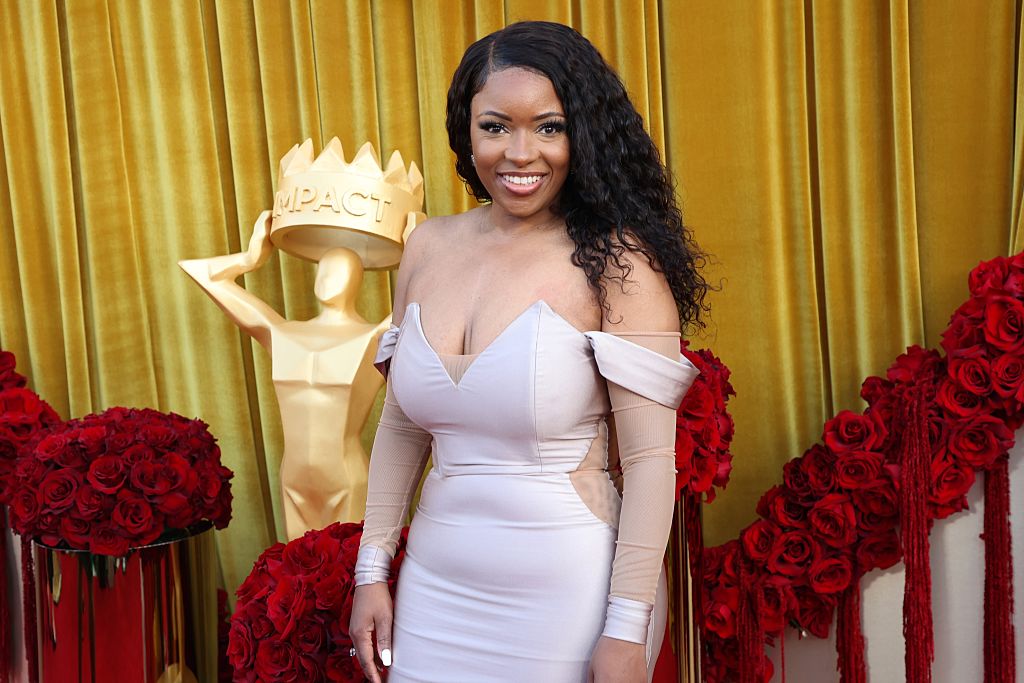Steve Stoute: “Tanning of America” Isn’t About Color, But Mindstate
Award winning marketer Steve Stoute is looking to put his official stamp on the advertising world with his book The Tanning of America: How Hip-Hop Created a Culture That Rewrote the Rules of the New Economy. The debut author focuses on the impact that Hip Hop has had and will continue to have on how people in America spend their money. Insisting that the term “tanning” goes beyond color, Stoute spoke with Loop 21 about the book, its intentions and the changes he wants to see it make.
Loop 21: Translation can be viewed as a firm that companies go to when they want to get black or urban support. Do you think that is an unfair stigma, or do you welcome that idea?
Steve Stoute: Well, it’s because I’m African American and I came from the Hip Hop music business, so that’s why people think that. Certainly, launching McDonald’s “I’m Loving It” on a global scale has nothing to do with the urban consumer. Certainly, you can’t limit the work I’ve done with Jay-Z to be myopic to urban consumer. Certainly you can’t look at these State Farm commercials that have couples, Asian people, Latin people to the urban consumer. But I accept that I’ve made such an impact in the Hip Hop world that people always associate me with that. I’m not trying to shake it. I’m proud of everything I’ve done in the Hip Hop business, it is what it is. But when you look at my body of work and the totality of it, then you know that its much more broader.
You’ve been in the game for a minute now. What are some walls that you still see and want see broken down?
I’d like to see a lot more respect for the consumer. I think the ad and marketing business tends to have premeditated ways of marketing that don’t take into consideration the consumer’s point of view. They still market to them in boxes. 18-24 black, 18-24 Hispanic, 18-24 general market. I think those boxes have to be erased in order to represent your brand properly.
When it was announced that you were using Selita Ebanks, Cassie and Solange in the campaign, a lot of darker skinned females thought it was “unfair.”
First of all I think it’s unfair that there’s still a stigma in the African American community about what is considered beautiful and the amount of shades that are considered beautiful. It’s not even like in the 70s anymore where “light is right,” those days are over with. Dark skinned women are world renown beauties and models now. That needs to go away.
Secondly, the campaign wasn’t about skin tones, it was about the hair textures. They each had three different hair textures. It’s odd to me that it got blown out of proportion. But what it did do was prove that the whole dark skinned vs light skinned stigma still exists. It’s unfortunate that as many of our shades as African Americans have gotten globally acknowledged as being beautiful, from Naomi Campbell to Beyonce to Rihanna that we still have that stigma in our community. I’m trying to figure out what I can do to abolish that. I honestly thought it died down and it wasn’t until we announced those three women that it I realized that this thing is still alive.
Read the full interview at Loop21.com
RELATED:
Steve Stoute: “How Hip-Hop Has Improved Race Relations”















